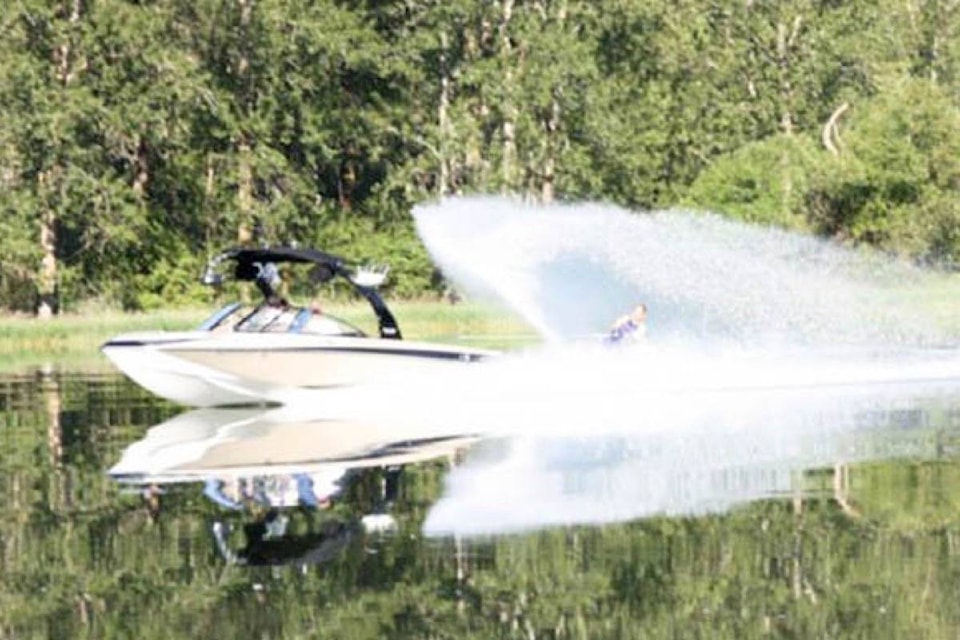Leadership has obviously been in abundance as swollen creeks have engulfed homes, roads have become impassable and lake levels have climbed.
Politicians and staff in every municipality, regional district and band have gone above and beyond to ensure the required resources are available during recent flooding, whether it’s sandbags or the legislative tools that trigger provincial assistance.
However, even with all of these efforts, some concerns have floated to the surface.
Specifically, the overall response to boaters on Kalamalka and Okanagan lakes has been unacceptable given the very real threat high water poses to lakefront property.
“Transport Canada advises that anyone operating a power-driven boat in B.C. must adhere to a speed limit of 10 kilometres per hour within 30 metres of shore. Slower speeds are encouraged while water levels remain high,” states a City of Vernon press release.
And while communicating is always a good thing, it’s highly unlikely tourists visiting the area are going to read the local media or check out the city website. They may be completely unaware of how a boat wake can swamp low-lying land and erode shore under conditions likely not seen since 1990.
If the city truly wanted to respond effectively, it would have shut down its boat launches on Eastside and Tronson roads, just as the Regional District of North Okanagan did at Paddlewheel Park and Coldstream did with launches on Kalamalka Lake.
At the end of last week, the city stated, “Currently, boat launches at city lake access sites are open. However, residents and visitors should be aware that they may close if water levels increase.” The long weekend came and went and while Okanagan Lake continued to grow in size, city boat launches stayed open.
The thought is that by having the launches open, residents with boats already in the water could get them off. But there’s been plenty of time for that to happen given that the lake has been expanding for more than a week.
But the City of Vernon isn’t the only jurisdiction that has sounded alarm bells about lake levels and then not acted fully.
In Lake Country, municipal boat launches on Okanagan and Kalamalka lakes stayed open even though boaters have been told to keep away from shorelines. Obviously some boaters will be responsible but others won’t and that’s who a boat ban needs to address.
The other player in all of this is the Ministry of Environment which has boat launches at Fintry, Bear Creek and Kekuli Bay provincial parks.
“Public safety will guide any potential decision to close boat launches,” states the ministry.
Those words sound good on paper, but they ring hollow.
Increasingly, boaters and their passengers are at risk because of the huge amount of debris creeks are washing into the lakes. All it would take is striking a log and boaters could be injured or killed.
Tourism is a critical part of the North Okanagan’s economy and cruising up and down our lakes is a major draw for guests from the Lower Mainland, Alberta and beyond. But launch closures won’t hurt tourism as much as a fatality will.
All levels of government should also consider that they are legally liable for anything they know could put the public at risk. By not closing the launches, municipalities and the provincial government could leave taxpayers holding the bag financially in court.
In the end, there has been a significant response to flooding, and that deserves praise, but so much more could be done.
